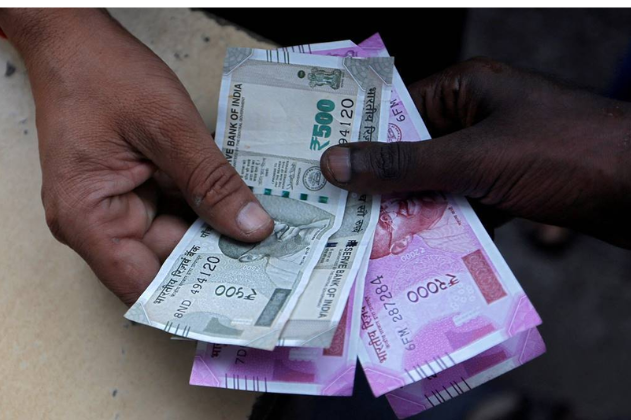NPS Vs OPS: The amendment will ensure that employees get at least 40-45 percent of their last salary as retirement payment, which was recommended by the high-level panel.
NPS Vs OPS: Modi government may amend the National Pension Scheme (NPS) by the end of this year. This amendment will ensure that employees get at least 40-45 percent of their last salary as retirement payment, which was recommended by the high-level panel. Two people familiar with the matter said it is currently under consideration.
Actually the issue of pension dominates at this time. Many non-BJP ruled states are switching to the old pension scheme (OPS), which provided monthly benefits to pensioners at 50 per cent of the salary received at the time of retirement. States ruled by opposition parties, including Rajasthan, Chhattisgarh, Jharkhand, Himachal Pradesh and Punjab, have reverted to the old pension system, which some economists say could push state governments into bankruptcy. According to Soumya Kanti Ghosh, group chief economic advisor at State Bank of India, the country’s largest lender, the old pension scheme is financially unsustainable and could increase the debt of state governments. In 2023–24, India’s central pension budget was ₹2.34 trillion.
What is the controversy over NPS?
The current market-linked pension scheme, introduced in 2004, does not provide any such guaranteed base sum. The second point of contention is that NPS is based on a contribution of 10 per cent of the employee’s salary, of which the government contributes 14 per cent, whereas in OPS there is no employee contribution. On the other hand, 60 percent of the corpus is tax free and the remaining 40 percent is taxable at the time of retirement to NPS pensioners.
Under the current National Pension Scheme, about 87 lakh central and state government employees contribute 10 per cent of their basic salary, while the government pays 14 per cent. The final payment depends on the returns on the fund, which is mostly invested in government debt.
What will be the changes?
The revised pension scheme will be linked to market returns, but the government can work on a method of paying a minimum of 40 percent of an employee’s last salary. This means that if the payment is less than the base amount then the government will have to intervene to make up the shortfall in pension. Currently, employees earn an average return of between 36 percent and 38 percent.


